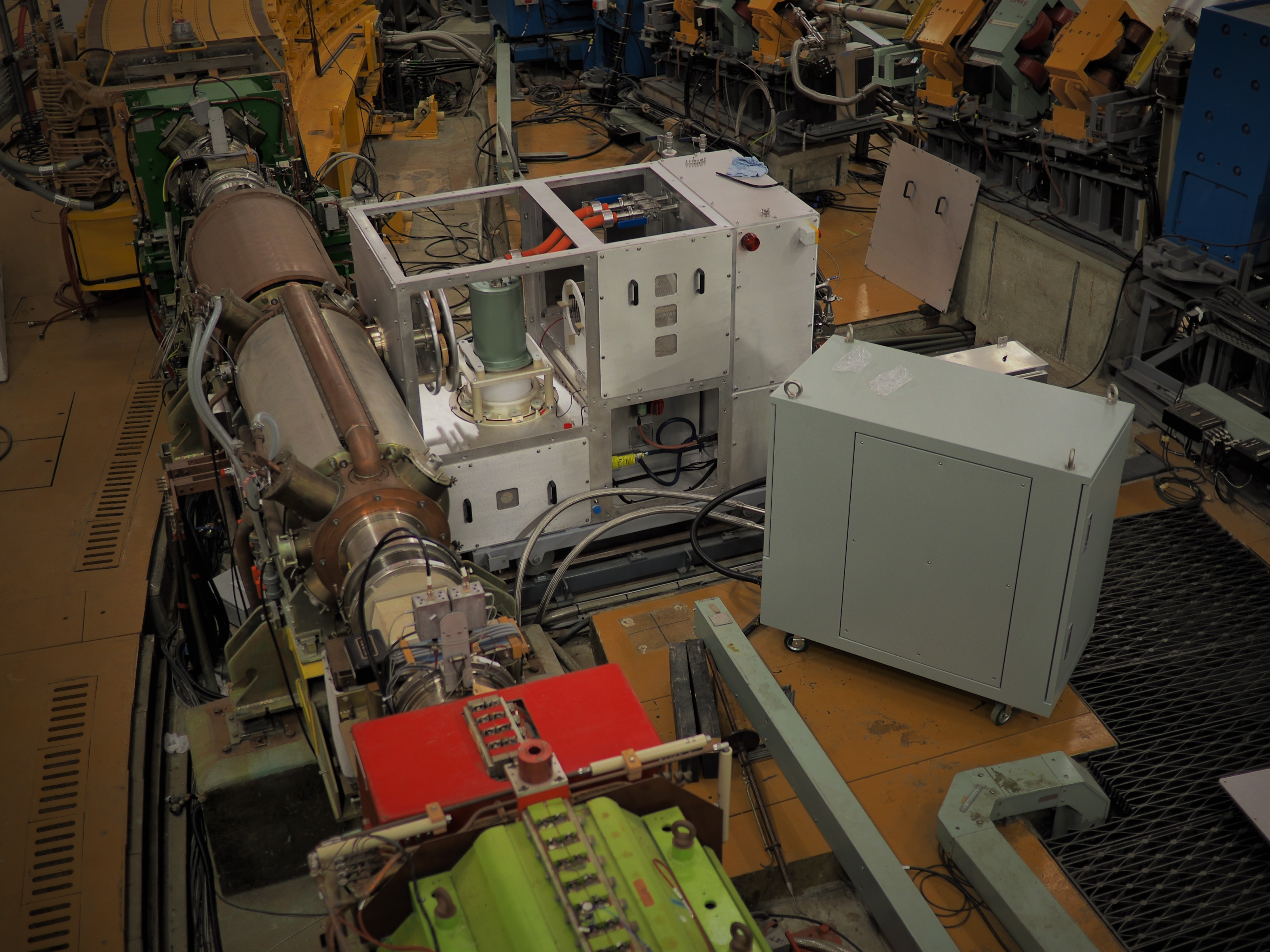To get the ISIS proton beam to the energy needed for producing neutrons and muons requires a lot of power. About 9% of the beam power comes from the ion source and linear accelerator, with the rest supplied by the six fundamental radio frequency (RF) systems in the synchrotron.
These systems were installed when ISIS was first built and at their core are thermionic valves known as tetrodes. The tetrodes used at ISIS were '4648 tetrodes': a design that is now so rare that there is just one supplier based in the USA, with ISIS being the only user. As the team needed to replace 3 or 4 tetrodes each year, the costs and logistics of re-supply were becoming unsustainable.
During the 2021 long shutdown, the RF section have replaced all six fundamental RF drives with a design that uses TH558 tetrodes, which are much more common, not only in other proton synchrotrons but also in the broadcast industry. To fit the new tetrodes required the redesign and replacement of almost the entire RF system.
An upgrade of this scale required over a decade of planning but has also brought huge efficiency savings. For example, each system previously required four control racks, but this has been reduced to just one, and the team have been able to greatly reduce the number of cables and connections used to control the system.
“Before the shutdown, we had done as much preparation as we could by building the control racks and assembling other equipment," explains Rob Mathieson, the project lead, “it was basically flat packed so that we were ready to remove the old kit and replace it as quickly as possible during the shutdown."
The image, right, shows a high power drive (HPD) and RF cavity.
Before the next user cycle, the team have been commissioning the system and have seen huge efficiency savings: the fundamental RF systems require about 60% of the power they did before the change.
As well as the high power RF systems, which act as the muscles of the synchrotron, the team have also been working on the low level RF system, effectively the brain that controls them. They have been able to set them up in a way that makes them able to run more intelligently, including being able to adapt to when the synchrotron is supplying only one target station. This is very timely, as the next two ISIS cycles will be TS2 only.
Running the synchrotron in this way during a TS2 only cycle will save about 1.2 MW compared to previous runs, which will have a huge impact on ISIS' overall electricity demand. The team's next step will be to do a similar upgrade for the second harmonic RF systems, which will continue to reduce ISIS' energy consumption.
“The need for this upgrade has been there for many years, but this long shutdown was our opportunity to finally make the changes," explains Rob. “As well as making the whole system sustainable and easier to maintain, we can already see a reduction in energy use, and the next stage in the project will bring that down even further."
